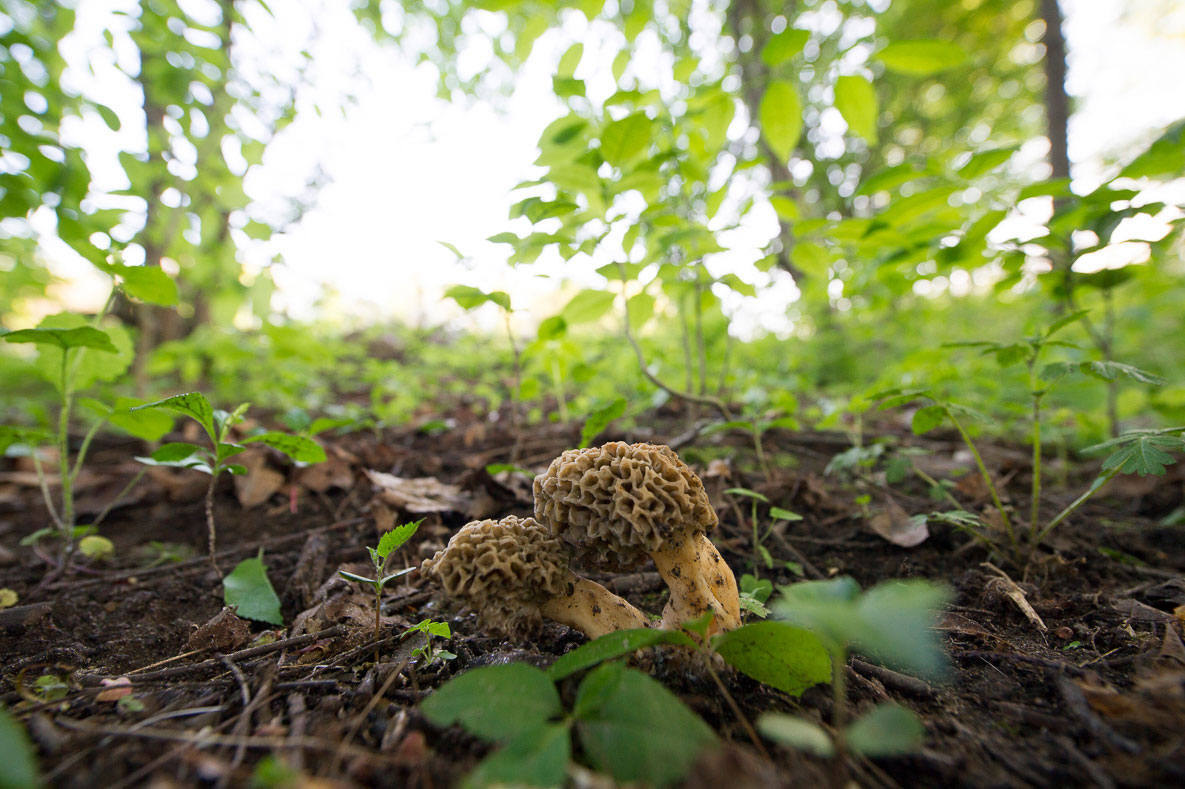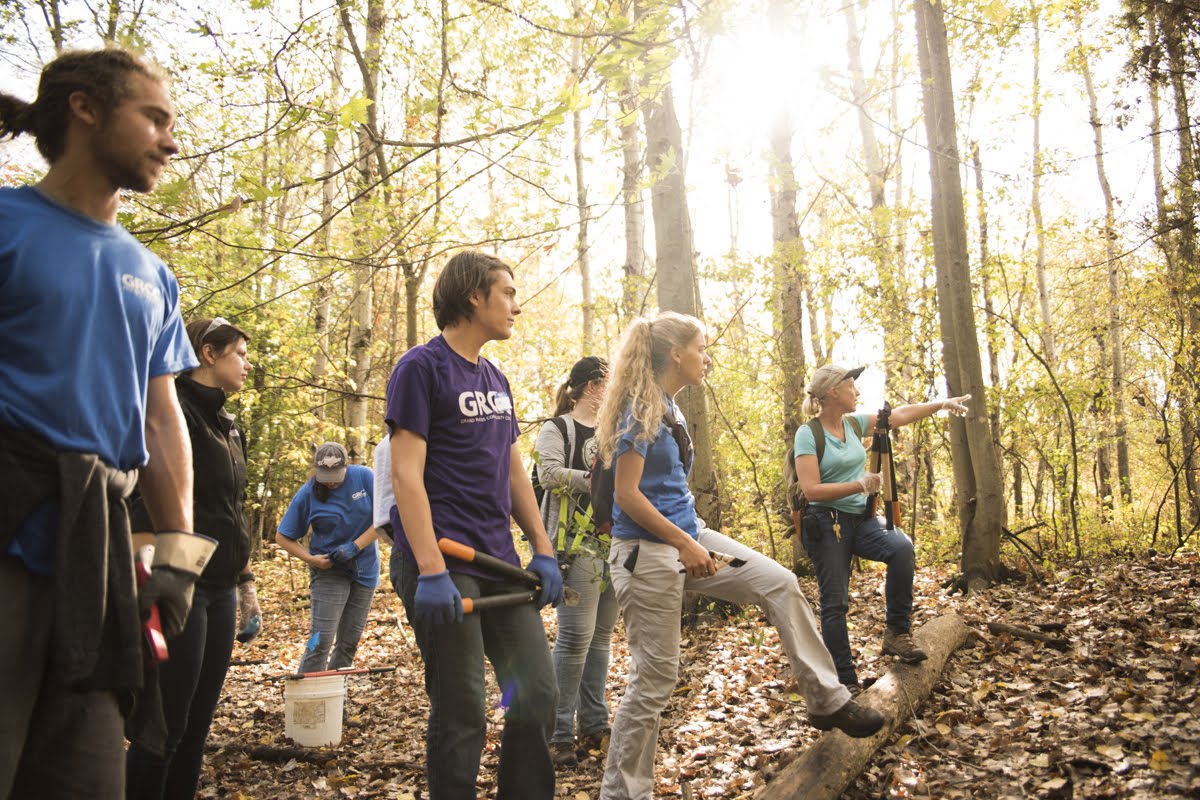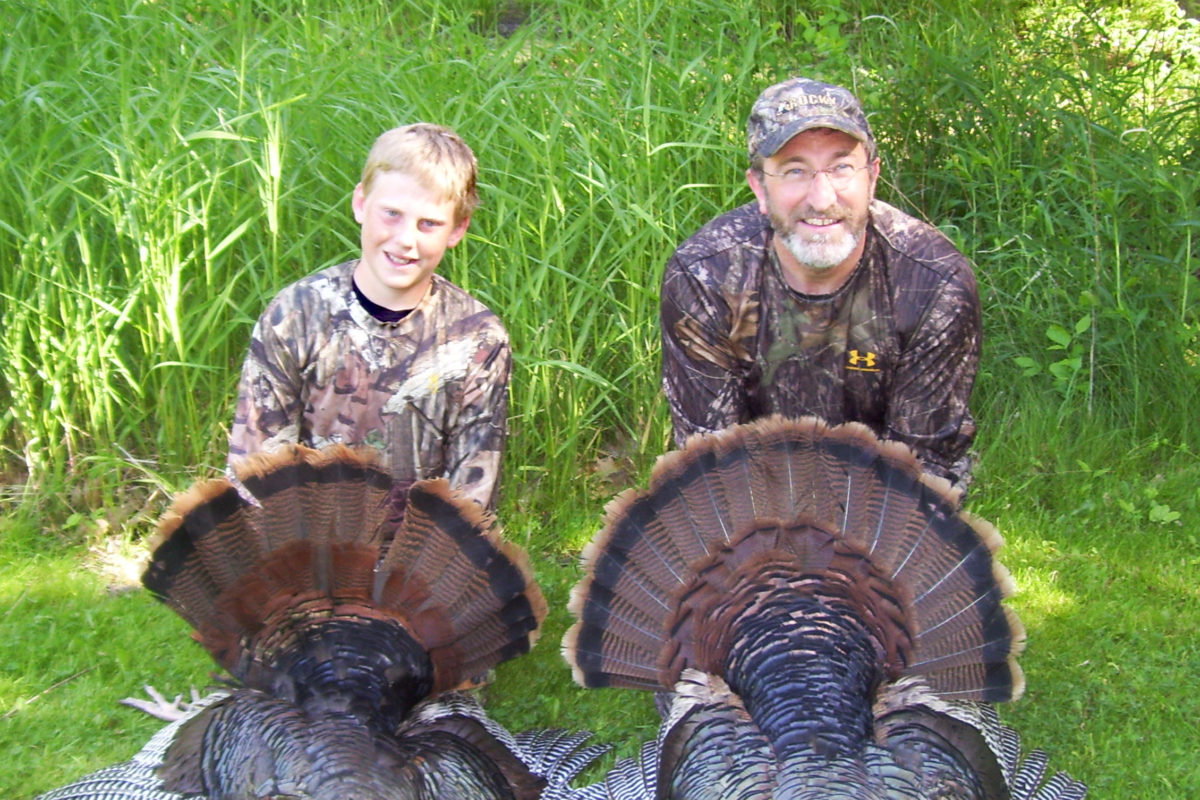Springtime in Michigan offers state residents their pick of outdoor activities ‒sometimes literally, such as in the case of morel mushroom hunting.
Bird-watching and wildflower viewing are also among the rites of spring for many Michiganders.
But you don’t have to be an outdoor expert to enjoy those and similar activities. Michigan’s wildlife management practices help ensure plentiful resources and convenient access to them.
Mushroom hunting
Mike Swank of Owosso devotes at least a couple of weekends each spring to mushroom hunting in northwest Michigan.
“Of course, I love the taste of morels, but I like the challenge of finding them and simply being out in the woods in general just as much,” he said.
He said he has had the best luck in late April and early May, once temperatures regularly climb into the 60s during the day.
Like many morel mavens, Swank prefers to keep his hunting hot spot secret, so as to lessen competition for the tasty morsels.
The Michigan Department of Natural Resources, however, is eager to share its intelligence. The agency offers a map of potential morel hunting locations on state land.
There’s no guarantee that the mapped locations are full of the fungi. Rather, the map lists areas where fires ‒either wildfires or prescribed burns conducted by the DNR ‒covering 10 acres or more occurred in 2015.
Prescribed burning is an important management tool to maintain native grassland communities. Another positive aspect of prescribed burns: Morels are more likely to grow in burned areas once populated by jack, white or red pine, the DNR notes.
Some additional morsels of morel information:
- Picking mushrooms for personal use on state land does not require a permit.
- When collecting mushrooms, pinch them off at the stem, just above the ground, to minimize dirt on the morel and encourage regrowth.
- Avoid raking the forest floor, because it negatively impacts the forest’s ecology and overharvests mushrooms.
- To protect themselves, mushroom hunters should know what they’re picking. Michigan State University Extension has issued a bulletin that identifies poisonous mushrooms.
For those without the taste for morel hunting, state lands promise other springtime fun.
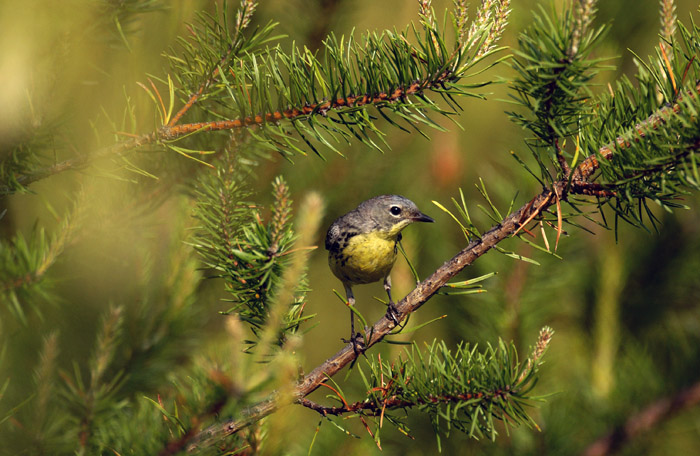
Bird-watching
Michigan offers a vast array of viewing areas for bird-watching, including the Fish Point State Wildlife Area in the Thumb county of Tuscola.
Fish Point ‒ a 3,700-acre area consisting of farm fields, floodings and coastal wetlands and prairies ‒ has been dubbed the “Chesapeake of the Midwest” because of the abundance and variety of waterfowl that move through. Making Fish Point even more special for birders is a 20-foot-tall observation tower that overlooks much of the management area.
Another spot notable for its variety and number of birds is the Pointe Mouillee State Game Area near Rockwood on the shores of Lake Erie.
Depending on the species and location in the state, spring migrations typically run from early March to late May.
Among other management practices that help sustain healthy waterfowl populations, game managers regularly clear brush to encourage nesting.
An online resource by the National Audubon Society and Cornell Lab of Ornithology – eBird.org – provides in-depth information about birding hotspots in the state and places where people can view particular species.
Another excellent resource is the book “A Birder’s Guide to Michigan,” by Allen T. Chartier and Jerry Ziarno.
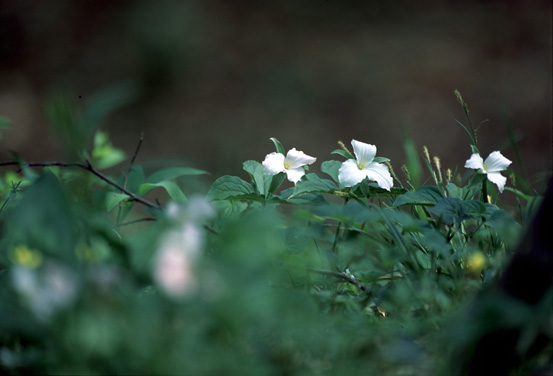
Wildflower viewing
State lands offer another sight to behold in spring: blooming wildflowers.
Wetlands and woodlands present the first displays of wildflowers each year, with blooming beginning during the first warm days of April and May.
Early spring wildflowers include skunk cabbage, marsh marigold, trillium, spring beauty, wild garlic, jack-in-the-pulpit, bloodroot, hepatica and Dutchman’s breeches.
To help narrow down the search, you can download a wildflower viewing guide.
Just like morels, Michigan’s native wildflowers also benefit from prescribed burns, which enrich the soil and help control invasive species.
To learn more about how wildlife conservation supports a wide variety of outdoor activities, visit hereformichiganoutdoors.local/conservation.
